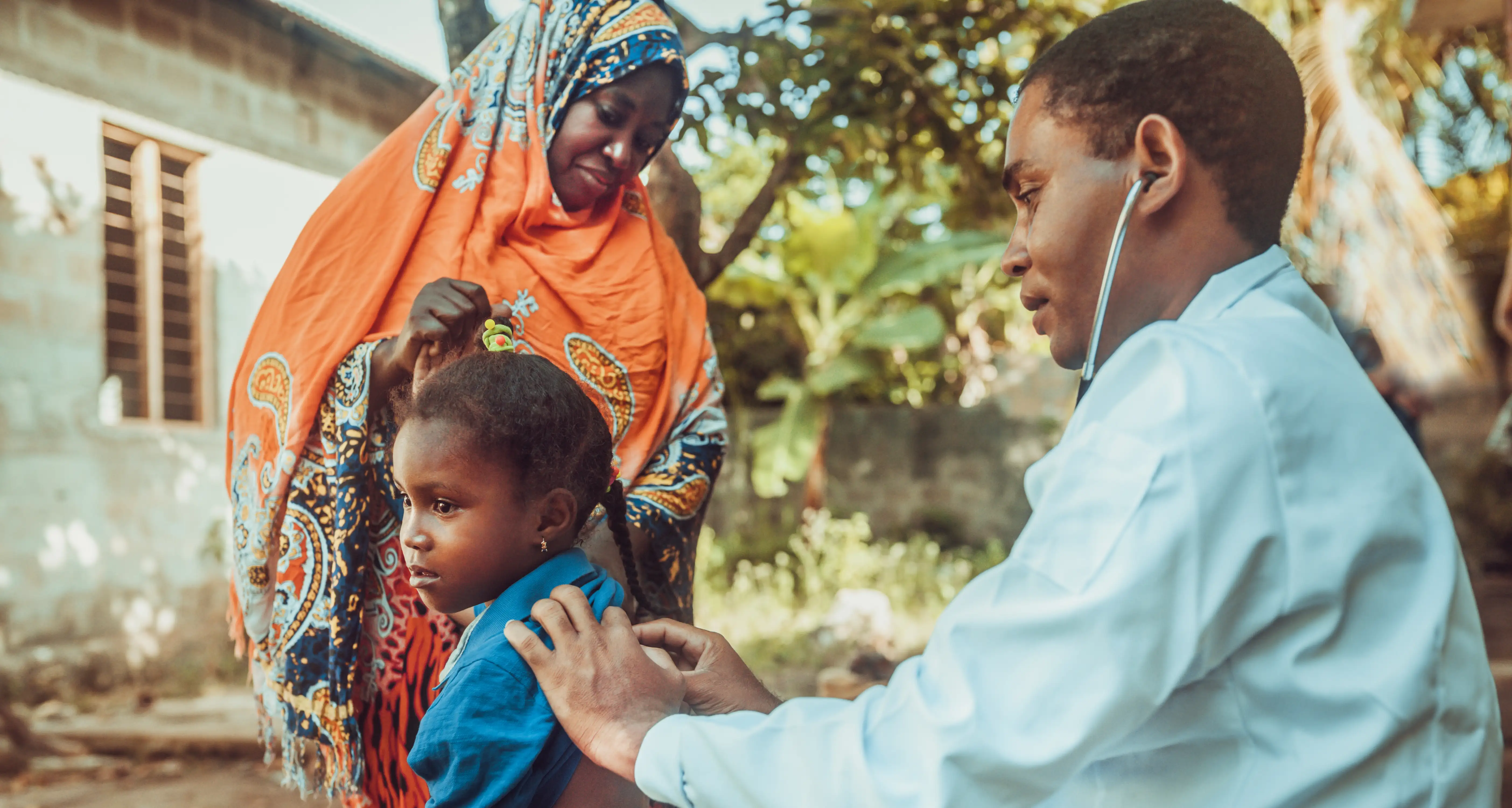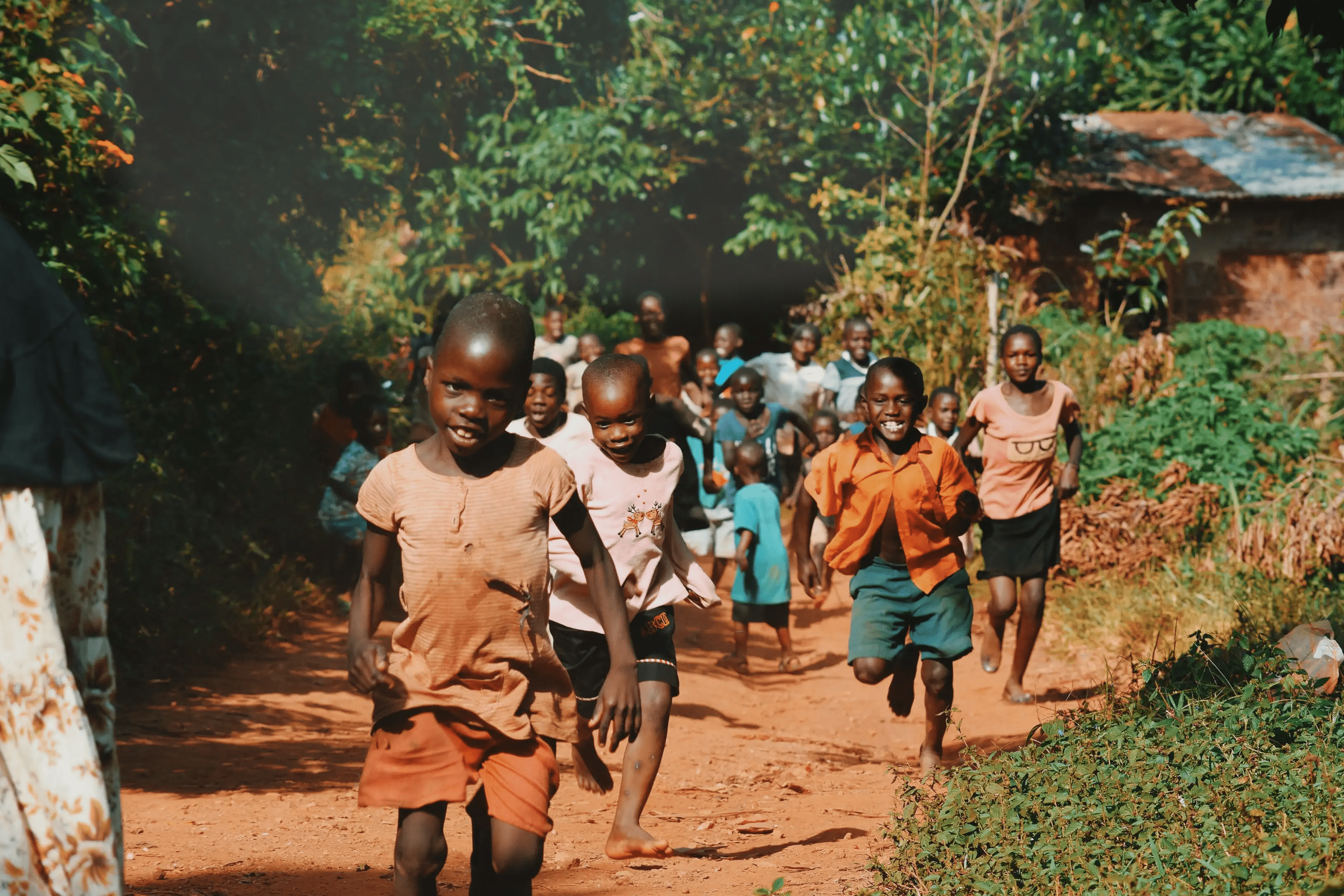Malaria and the impact on children and school
Despite the interventions and prevention measures taken against malaria, it continues to take a heavy toll on health and way of living in a substantial part of the world. Half the world’s population resides in areas where the disease is endemic and almost every country in the world combats imported malaria. Among them, children are the worst affected, especially those between 6 months to 5 years of age. Malaria infection impacts growth and development in children, causes impairment and disability, has a direct effect on motor skills, cognition, malnutrition, lowered immunity and suppressed appetite. In extreme cases severe malarial anemia, hypoglycemia and cerebral malaria are commonly seen in children than adults.
According to the World Health Organization, children under 5 years of age are one of the most vulnerable groups affected by malaria. In Africa about 285 000 children died before their fifth birthdays in the year 2016. In 2019 there were 409 000 malaria deaths globally. Of these, 67 per cent were children under the age group of five – that’s a daily toll of nearly 750 children. These alarming numbers are an arduous reminder that without raising the bar on increased prevention efforts and investments, the disease will continue to remain a challenge for a very long time to come.
One of the main concerns amid school going children is that malaria may interfere with their educational development. Several studies conducted in malaria endemic regions offer strong evidence on the links between malaria and school absenteeism. Malaria is estimated to contribute to 5-8% of all causes of non-attendance among school children in Africa, that’s equal to 50% of all preventable absenteeism. Each episode of clinical malaria is responsible for approximately 2.4 to 6.5 days of absence from school. From an educational standpoint, this disease has a direct impact on intellectual development in children through impaired attentiveness and rational function. The setbacks of malaria amongst children are endless. Duration of malaria-associated absence, occurrence of absenteeism due to recurring infection, residual malady due to suboptimal treatment or permanent neurological weaknesses all contribute to the impediment of a child’s potential to learn.
Malarial burden is the highest among children residing in low-resource surroundings and rural areas. The World Health Organization recommends usage of LLINs, seasonal malaria chemoprevention (SMC), intermittent preventive therapy for infants (IPTi) and prompt diagnosis as key measures for the prevention and treatment of malaria in children. Additionally, there is an urgent need to improve healthcare in rural areas that could contribute to efficient malaria control. Demographic, socio-economic and geographical variables are key factors that help recuperate malaria vectors in children. Improving income levels and supporting poorer rural communities also help curb mortality and morbidity rates.

Each of Landcent’s malaria prevention methods and tools are adapted from WHO recommended strategies to thwart and control mosquito population. Landcent aims at wider and swifter coverage of treatment and prevention measures for children living in severely malaria-infested regions. Scaling-up of effective, proven and safe malaria prevention interventions are made possible with added global support and nationwide commitment. The impact of malaria on children in endemic regions can be dramatically reduced with widespread facilitations, effective strategies, significant investments and education programs on usage of prevention tools.
For a sustainable response to malaria, education is crucial. Investing in malaria literally means investing in the future. It helps in preventing children from missing out on school, boosts cognitive ability to learn, enhances healthier livelihood and promotes productive lives.
Source of info:
https://www.who.int/news-room/fact-sheets/detail/malaria
https://www.who.int/docs/default-source/malaria/world-malaria-reports/9789240015791-double-page-view.pdf?sfvrsn=2c24349d_5
https://www.ncbi.nlm.nih.gov/books/NBK3738/
https://gh.bmj.com/content/5/1/e001666
More Updates
Subscribe to The Newsletter
Be the first to know—Get the latest news, discoveries, and impact stories that matter







